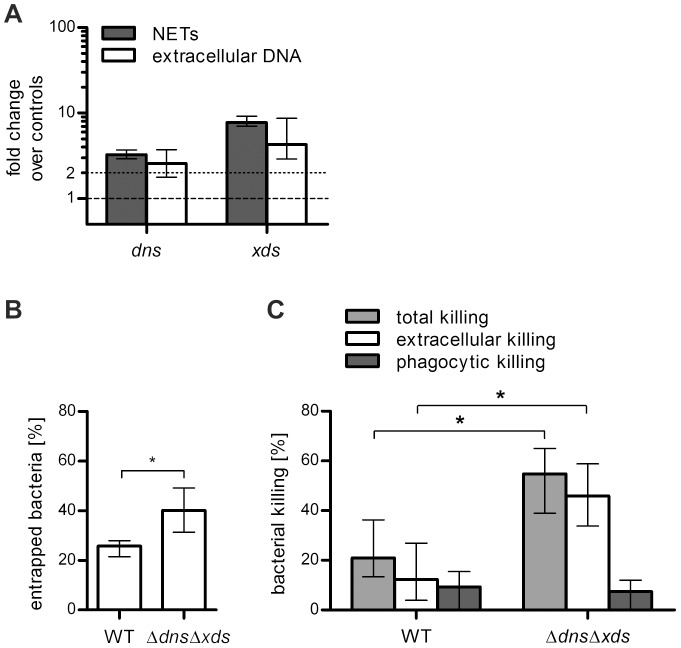Figure 5. The two extracellular nucleases of V. cholerae facilitate survival upon contact with NETs.
A. Induction of dns and xds upon presence of NETs (gray bars) or extracellular DNA (open bars). NET formation of human neutrophils was stimulated by PMA followed by incubation with WT V. cholerae (MOI 4). After incubation with NETs or extracellular DNA the bacterial RNA was extracted, reverse transcribed to cDNA and used as template for qRT-PCR analysis of the indicated genes. Expression of the analyzed genes was compared to the control condition using the same procedure but without the presence of NETs or extracellular DNA (indicated by the dashed line at 1) and normalized to the 16S rRNA. The dotted line indicates a 2-fold upregulation compared to the control conditions. The data are presented as medians with the interquartile range (n = 6). B. Quantitative analysis of bacterial entrapment by activated human neutrophils. NET formation was stimulated with PMA followed by incubation with the indicated V. cholerae strains (MOI 40). After incubation the plates were centrifuged, the supernatants were removed and the wells were carefully washed with fresh medium to remove not entrapped bacteria. Shown is the percentage of entrapped bacteria compared with the total number of bacteria in the well (100%). The data are presented as medians with the interquartile range (n = 6). Significant differences between the data sets are marked by asterisks (P<0.05; Mann-Whitney U Test). C. Quantitative analysis of bacterial killing after coincubation of PMA stimulated neutrophils with the respective V. cholerae strain (MOI 40). Data are presented as median percentage of killed bacteria compared with the respective control treated with DNAse I and cytochalasin D to avoid extracellular and phagocytic killing. The data are presented as medians with the interquartile range (n = 6). Significant differences between the data sets are marked by asterisks (P<0.05; Mann-Whitney U Test).

